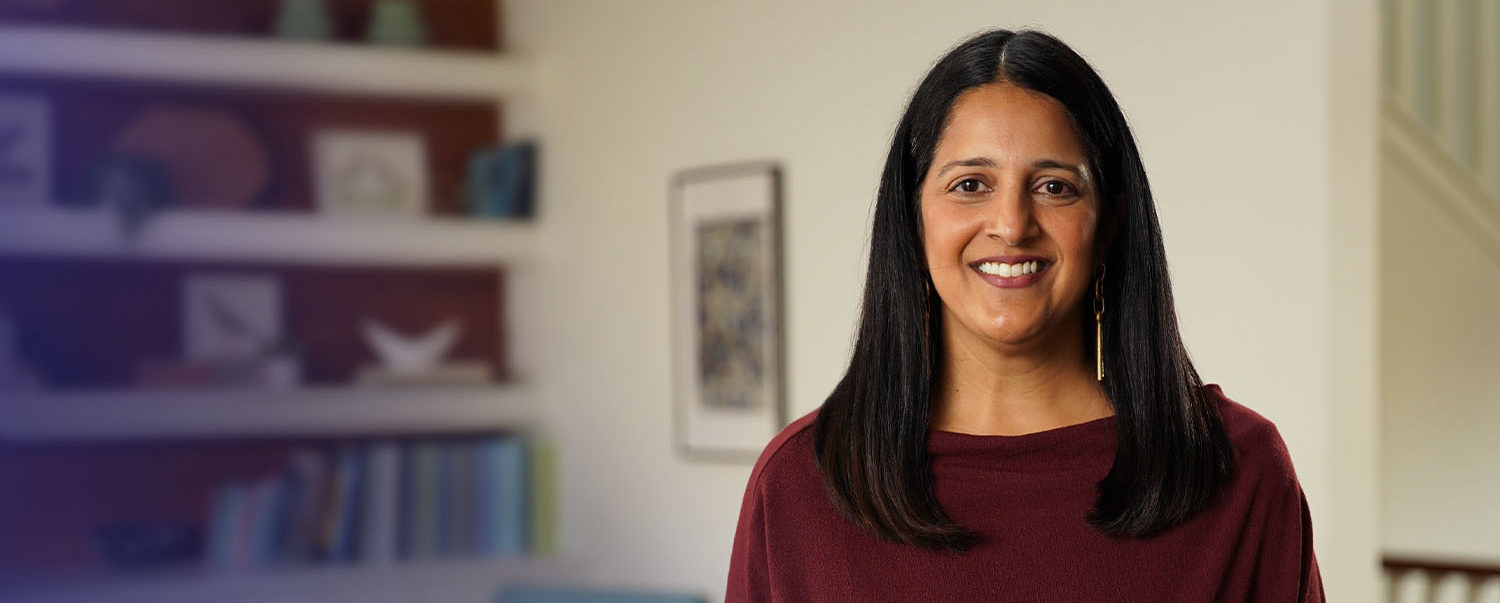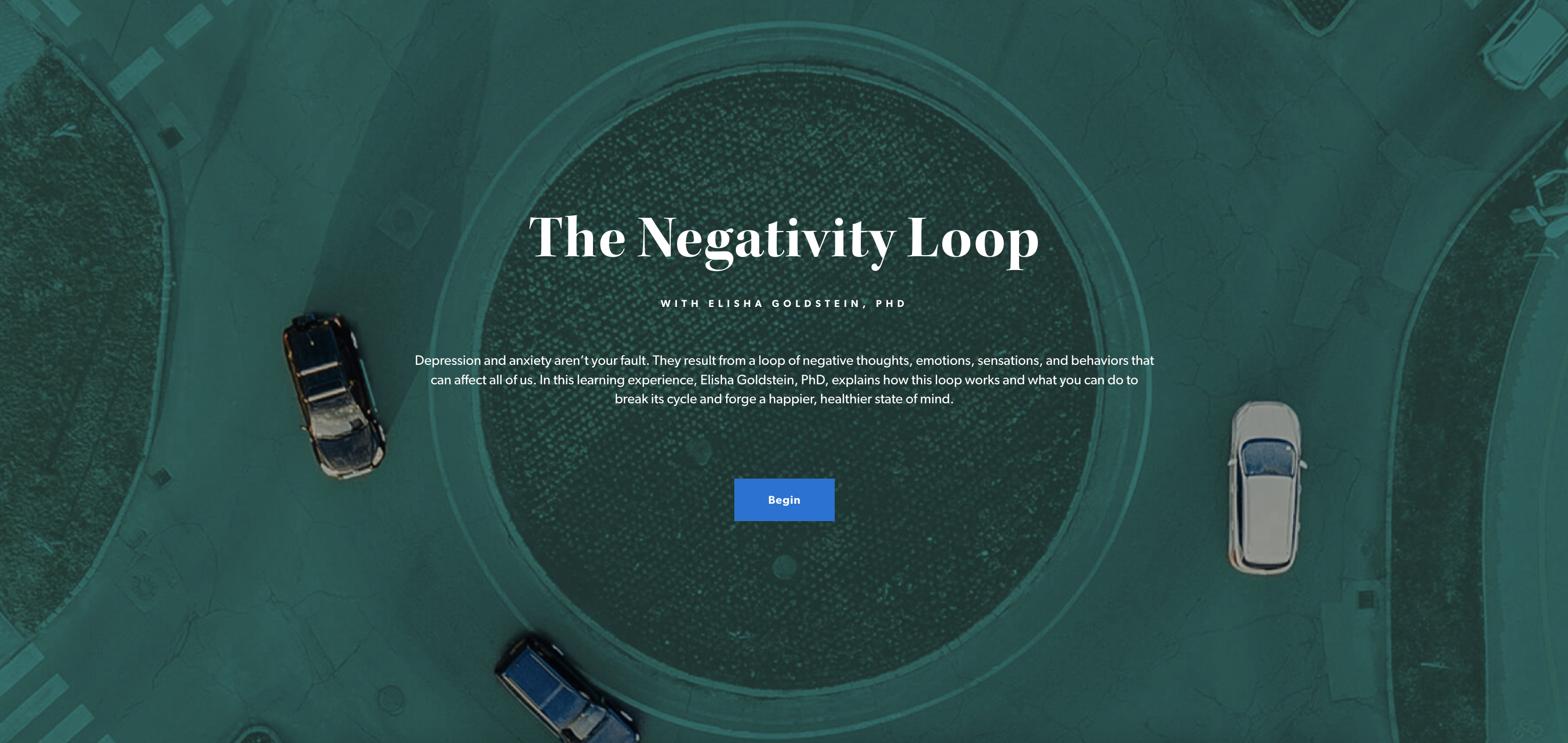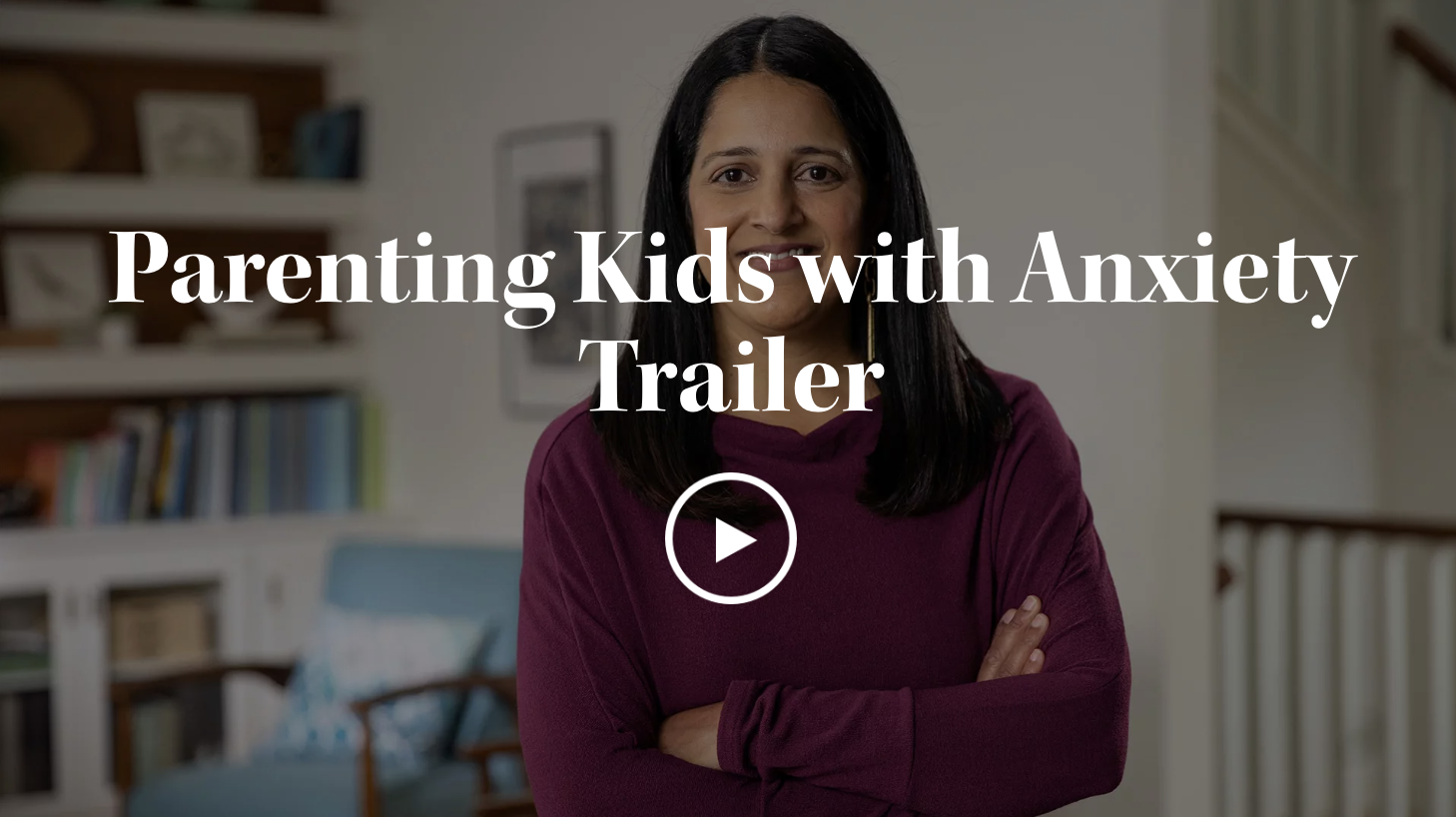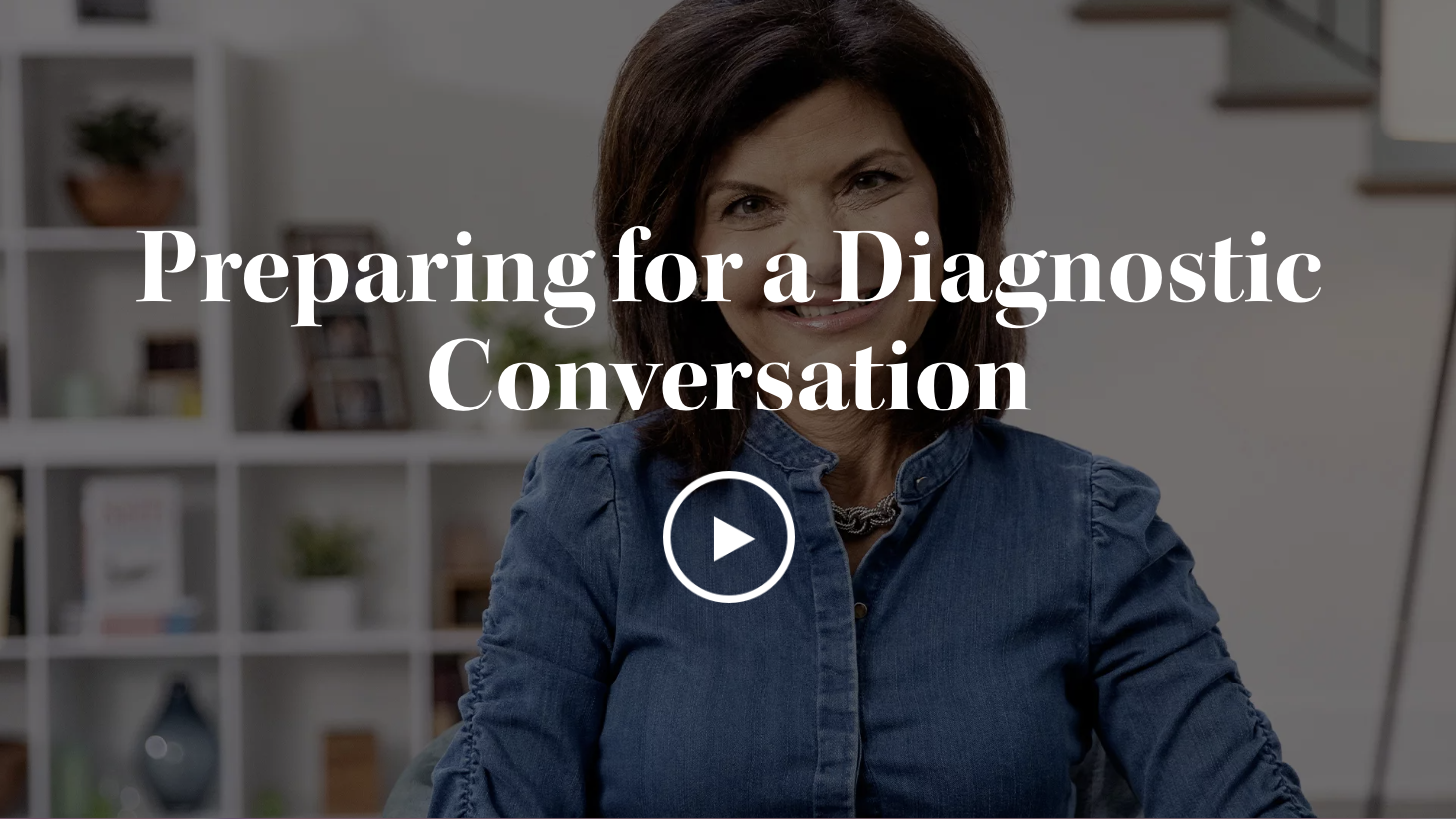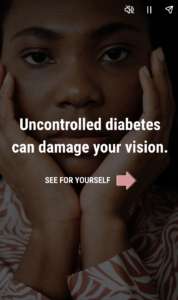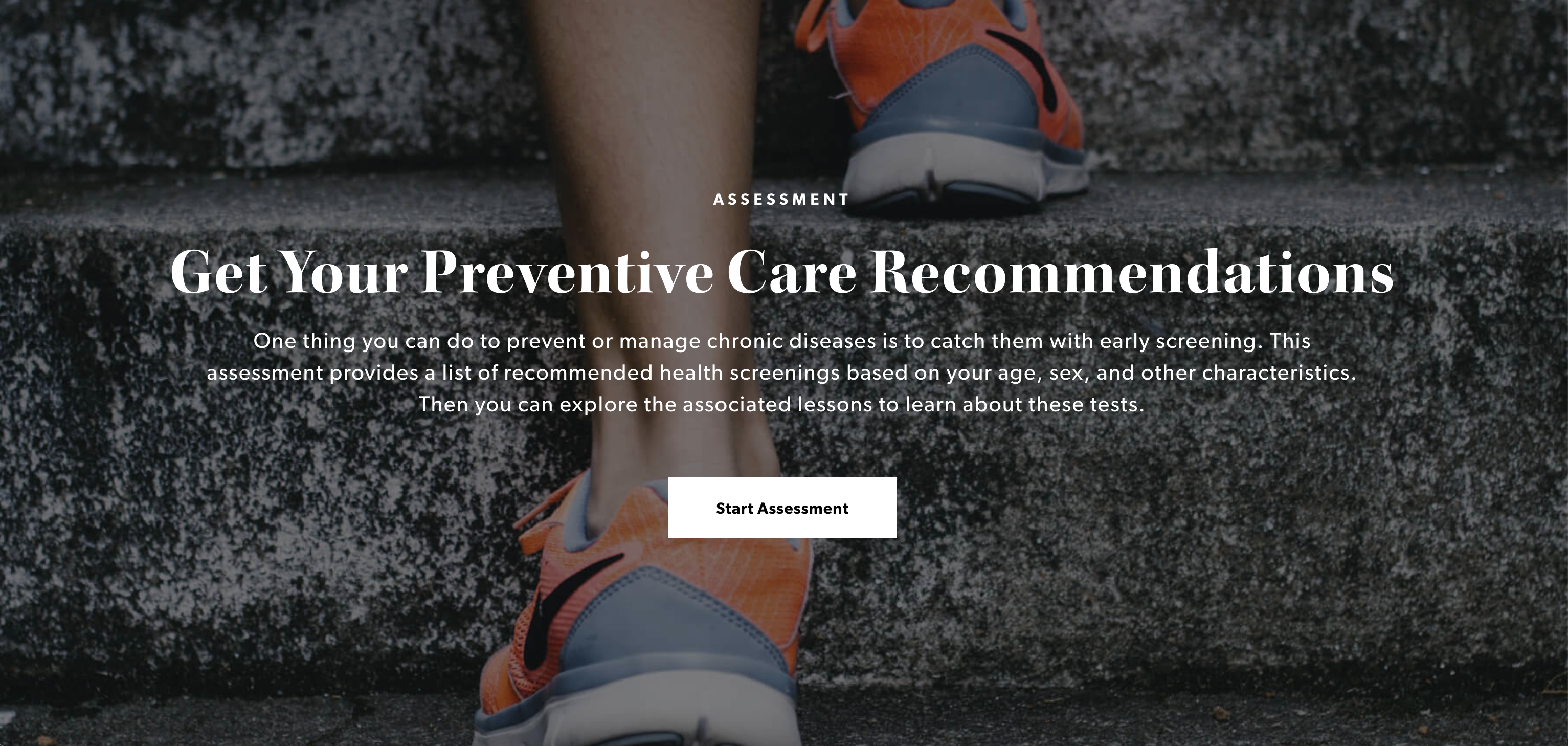In March 2022, DHCS released key guiding principles and considerations Medi-Cal plans will need to consider when designing programs for their Medicaid members, specifically youth and families. With 1 in 3 Californians insured under Medi-Cal, and over 13 million members at stake, these principles will become key focus areas for plans in 2023 and beyond.
The Challenge
To set the stage, in 2019–20, Medi-Cal brought in more than $65 billion in federal funds and accounted for nearly 16% of all state general fund spending. People with disabilities comprise 9% of Medi-Cal enrollees, and account for 31% of total spending. Children account for 17% of enrollees, but only 6% of the total spend.
And quality measures haven’t seen much improvement, with more than half of the measures staying the same or declining from 2009 to 2018. In summary, quality of care has declined on four measures, and hasn’t improved on 12 measures. What’s worse, three of the four measures that did decline were related to the care of children covered under Medi-Cal. Six of the nine measures related to children declined or stayed the same, with only three measures seeing improvement. The decline in quality prompted state-wide action, which led to DHCS creating 8 guiding principles to improve health outcomes at scale.
This article will look at three of the eight principles and provide plans with insights and opportunities to apply DHCS strategy in supporting families and children covered by Medi-Cal while enhancing health outcomes for the nation’s most vulnerable population.
Strengthen the Coverage Base for California’s Children
- Premiums will be reduced to zero to ensure accessibility for all Medi-Cal families.
- Presumptive eligibility will expand to ensure families and children in need can receive care more quickly.
Opportunity
California has ensured a simplified enrollment and eligibility process for Medi-Cal, which has enabled the state to rank among the top third in the county in its child health coverage rates. California reduced the uninsured rate for Latino children to less than half the national average. Unfortunately, progress has declined in recent years, and the uninsured rate is beginning to gradually increase. With zero-dollar premiums and presumptive eligibility, plans will need to onboard and educate members about their benefits faster.
mPulse Improves Member Knowledge of Plan Benefits by 91%
Strategy: Deploy 2-way text messaging to gauge new members’ understanding of plan benefits and available resources, educate and improve utilization of plan benefits.
By using demographic datasets from our SDoH Index, we assessed and segmented the target population. Interactive polls, on-demand resources and open-ended questions were sent to members to continually gather insights while pointing them toward tailored resources.
Outcome: 91% of members found the text messages helped improve their understanding of the plan’s benefits and services. The number of members who reported they would visit the ER for a minor condition dropped from 11% to 4%. The engagement score, based on response and sentiment, was 2.5 times higher than the control group.
Fortify the Pediatric Preventive and Primary Care Foundation
- A new population health management (PHM) strategy will be implemented to establish a checklist for plans to identify and serve children in need of care coordination.
- New resources will be implemented in practice transformation for pediatric providers and primary care providers serving pregnant and youth members.
- An educational outreach campaign will be deployed for EPSDT for members, providers, and MCPs.
- Improve criteria and procedures used to determine when children receive behavioral health services, specialty mental health services, and substance use disorder treatment.
- Expansion of preventive pediatric dental benefits.
- Participate in CMS infant well-child visits learning collaborative for health care payment learning and action network state transformation collaborative (STC).
- Continued support for the ACEs Aware Initiative and provider training grants.
Opportunity
Early Periodic Screening, Diagnostic, and Treatment (EPSDT) is the foundation for necessary adolescent care. Contract requirements in the upcoming Medi-Cal MCP procurement will create greater visibility and enforcement of EPSDT services under DHCS. Ensuring members receive education and information on the importance of these services is essential in building member self-efficacy.
mPulse Drives 66% Well-Child Visit Attendance
Strategy: Better manage children’s health outcomes by driving awareness of well-child visits, immunizations, and primary care visits via 2-way text messages.
Outcome: 66% of members attended at least one well-care visit. 83% of targeted members had their child vaccinated. 29% of members aged 18-21 successfully transitioned from a pediatrician to a primary care provider.
Get more outcomes and guiding principle recommendations by downloading the complete content »
Strengthen Access to Pediatric Vaccinations
- Deploy COVID-19 pediatric vaccines to meet California’s “Vaccinate All 58” goals.
- Develop a Vaccines for Children (VFC) plan with CDPH to increase vaccinations and increase vaccine education.
- Increase vaccination rate of pregnant Medi-Cal members.
Opportunity
The United States saw a country-wide decline in vaccination rates throughout the pandemic with a 40% reduction in childhood vaccination rates in April 2020. California saw a vaccination rate of 35% in children for 2020. To prioritize increasing the Medi-Cal vaccination rate, more work will be required by plans in developing programs and initiatives that support vaccine education and helping overcome vaccine hesitancy.
mPulse Uses Streaming Health Education to Increase Vaccine Readiness
Strategy: Build self-efficacy and increase vaccine readiness by providing visual storybooks and using behavioral science techniques to help overcome barriers and vaccine hesitancy. 2.6 million messages were sent, and 1.8 million dialogues were initiated in both English and Spanish translation.
Outcome: 18.9% of members replied to a message or clicked a link. 72% of members who interacted with our vaccine storybook were more likely to get vaccinated.
Why Plans Should Leverage Text Messaging Outreach
In 2019, more than 94% of California households had internet access, although significant gaps remain with families of color and lower incomes having less access than white households. With organizations like iFoster, the California Emerging Technology Fund (CETF), and California LifeLine working to provide internet access and cell phones to those who need it most, cell phone and internet access will only continue to increase.
Compliance Considerations
When it comes to healthcare, communicating with members through text messaging can be somewhat daunting. mPulse Mobile is HITRIST, HIPAA, and TCPA-compliant and has deployed programs with leading Medi-Cal plans while ensuring compliance and member privacy is top of mind.
The TCPA healthcare exemption enables health organizations to deliver messages without prior express consent, as long as they abide by the following rules:
- Must be HIPAA compliant, and not promotional or soliciting.
- Messages can only be sent to the phone number provides and must state the name and contact information of the sender.
- Voice messages must be under 1 minute, and text massages less than 160 characters.
- Messaging frequency needs to be less than once per day, and no more than three times per week.
- Messages must offer an opt-out and opt-outs must be honored accordingly.
As a company 100% focused on health engagement, security and compliance are mPulse Mobile’s highest priority, and all our solutions are designed with compliance as the foundation.
Conclusion
To improve quality measures and enhance outcomes for Medi-Cal youth and families, DHCS will be enforcing these policies and principles alongside Medi-Cal plans to increase utilization of new resources and services. mPulse Mobile’s suite of solutions are designed to drive engagement and increase utilization of plan benefits. Our frictionless engagement methods are proven to empower health literacy and self-efficacy. By partnering with us, plans can proactively implement DHCS principles into their enterprise strategy to deliver outcomes that matter most: healthier communities and greater quality of care for California’s most vulnerable members.



